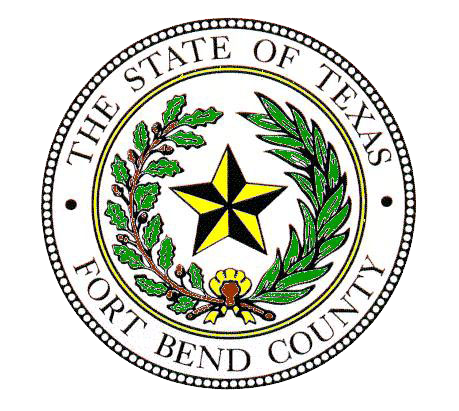Fort Bend County begins discussion on potential 2023 mobility and parks bond

15 Mar 2023
By: Asia Armour - Community Impact
In a 4-1 vote, Fort Bend County Commissioners Court instructed the county engineer and parks director to collect a list of projects, with cost, scope and timeline estimates, to inform a potential 2023 mobility and parks bond. If approved by the court, the bond would be included on a Nov. 7 ballot.
Precinct 2 Commissioner Grady Prestage, who presides over the southern region of the county, requested preliminary discussions begin at the March 7 meeting, with the opinions and knowledge of multiple stakeholders in the potential bond election, he said.
“So the county engineer is upfront, the attorney and the county auditor are prepared to give some necessary input on what we are facing and what we have to do in order to meet the deadlines and have our referendum structured properly,” Prestage said.
The court has until its Aug. 7 meeting to make a decision on whether to put a bond referendum up for election, according to the county attorney.
County Auditor Ed Sturdivant said Fort Bend has an annual debt capacity of $170 million. At the burn rate on projects, Sturdivant said he would propose the bond be priced at $600 million or less—a 175% increase from the price tag on the county’s 2020 mobility bond program.
County Judge KP George—who asked officials from the Fort Bend County Drainage District and the county’s engineering and parks departments why there are still outstanding projects and unexpensed funds from previous bonds—requested the court refrain from taking action at this meeting until he could collect more information, he said.
“[I am] not against the bond, and I’m not against issuing debt, because we need to do that—but I don't see any reason why we have to take an action today," George said. "And so, if you cannot wait for one or two more weeks, God bless you.”
But the four commissioners countered that this was an opportunity to gain clarity on which projects should be a priority, whether the county had resources to expend and the capacity of the departments involved.
Precinct 1 Commissioner Vincent Morales, with jurisdiction in Katy and Fulshear, said his office has already reached out to municipalities within his precinct in preparation.
“We have gotten a list of projects with the potential [20]23 mobility bond, and we have submitted those to our engineering and park departments,” Morales said. “I think, really, what Commissioner Prestage is asking for with the action today, is to get a little bit more detailed information of cost and projects so that we know what to look forward to, as far as an action that we will take in August.”
Outstanding projects
A major point of discussion during the workshop was the halted progress on a multitude of mobility, parks and drainage projects from previous bonds as well as the county’s outstanding debt.
According to County Engineer Stacy Slawinski, the county requested a combined $777 million from the past four mobility bonds, put to vote in 2007, 2013, 2017 and 2020.
Projects from all four bonds are still ongoing, and only one of 72 projects have been completed from the 2020 bond program, Slawinski said. Of the $218.5 million approved for the 2020 bond, none of the money has been issued toward any projects, George added.
Slawinski said the county is upside down on its mobility projects because of inflated costs of construction and right-of-way—which is the total land area that must be acquired for construction.
“We are paying about 25% more in general on our right-of-way acquisition cost. In addition to that, we've seen a significant increase in the construction cost,” he said. “The construction cost on our projects have gone up [by] about 35%. Those numbers have actually impacted a number of our ongoing projects.”
According to Slawinski, his office would need a total of $194 million just to complete more than 100 mobility projects still in the queue.
To align the county’s three-year mobility bond spacing with the burn rate on projects, Slawinski suggested the commissioners should identify funding for the design in one mobility program and vie for construction dollars from future bonds.
“Give us three years to design and get the right-of-way acquisition started, and in the following mobility program we could put those construction dollars in there to get the project built,” Slawinski said.
Commissioners said between March and the deadline to vote on approval of a bond election in August, they would work with county departments to identify top projects and funding.
More Topics


.png)



